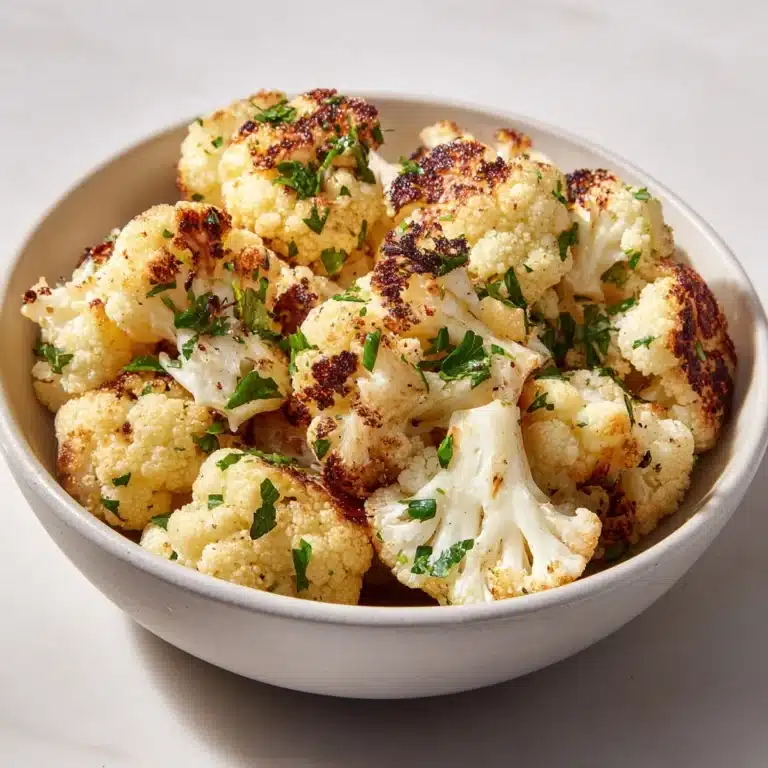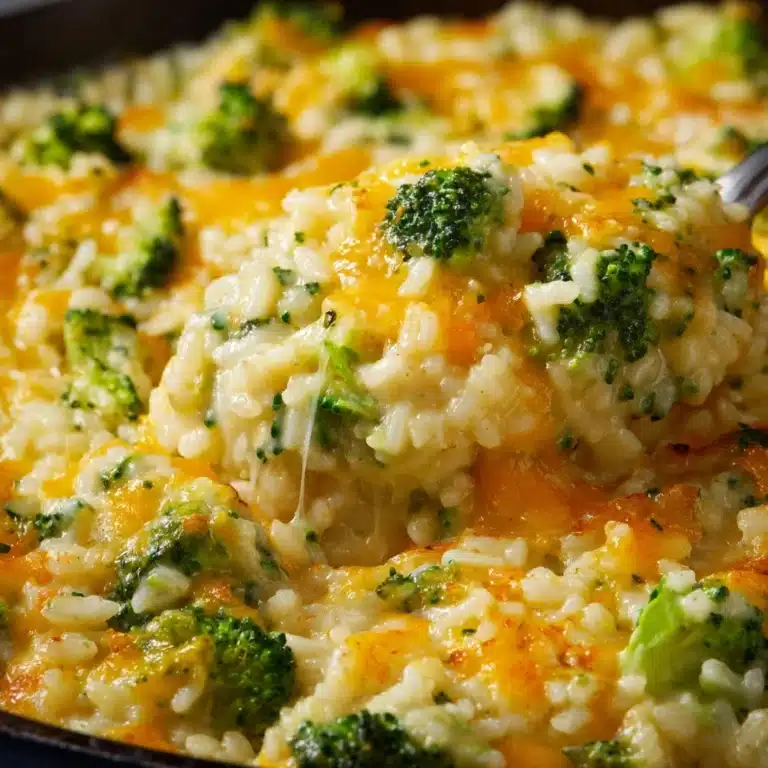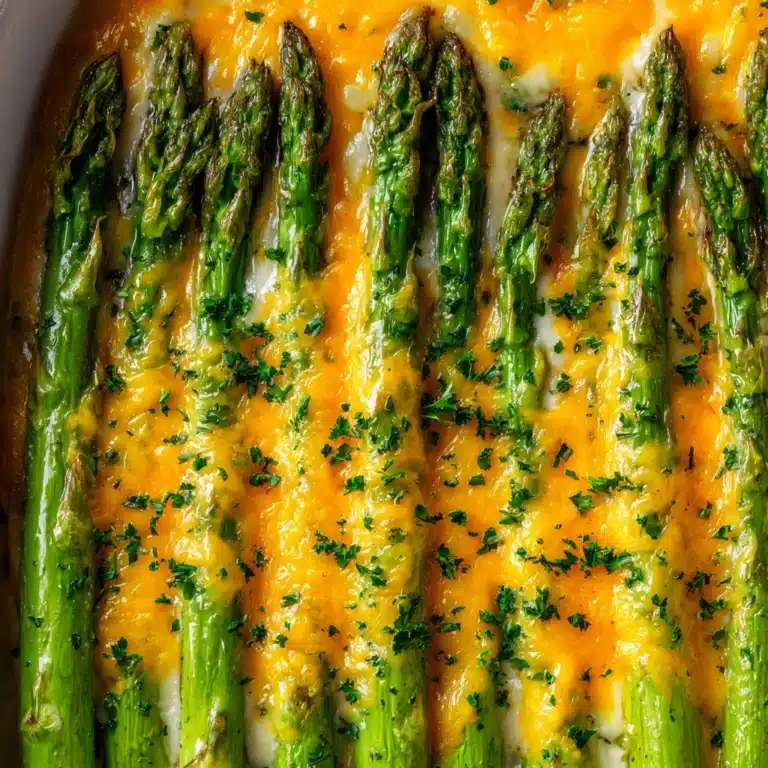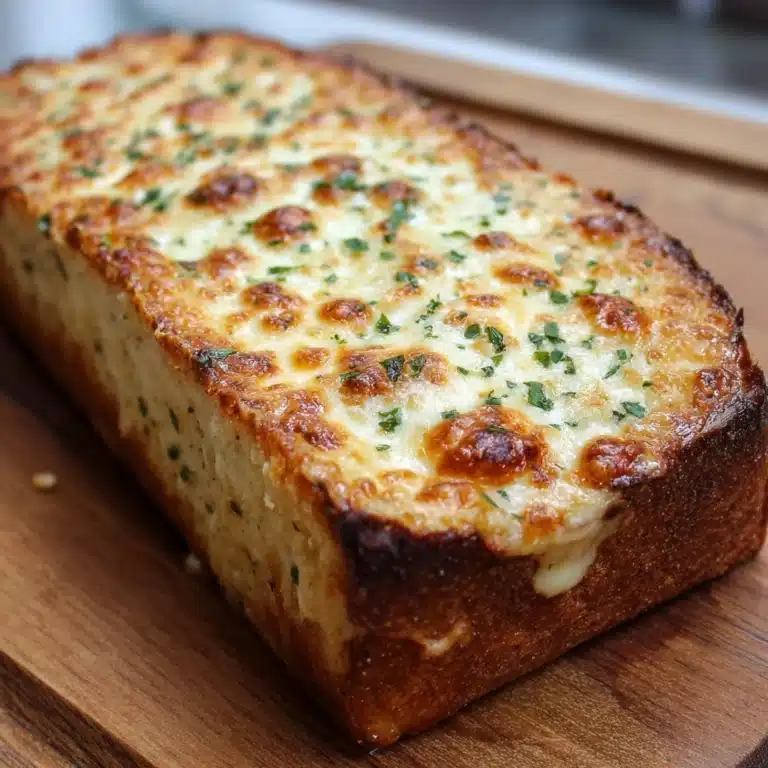If you love a good zingy condiment that carries both character and a boost of gut-friendly goodness, you’re in for a treat. Fermented Mustard is easy to make at home, requiring just a handful of natural ingredients, a little patience, and a few minutes of active prep. The result is a deeply flavorful spread that boasts layers of earthy heat, mild tanginess, and the probiotic magic you get only from real fermentation. It’s a game-changer on sandwiches, cheese boards, roasted veggies, and wherever your kitchen adventures take you.

Ingredients You’ll Need
The beauty of this recipe is its simplicity: every ingredient has a purpose and brings something unique, from the color and heat of the mustard seeds to the subtle complexity of fermentation. Stock up on these basics and let nature take care of the rest.
- Yellow mustard seeds: These offer a gentle, mellow heat and classic mustard flavor; they give the finished product its vibrant golden color.
- Brown mustard seeds: They pack more of a punch, delivering that desirable spicy kick that takes your Fermented Mustard to the next level.
- Filtered or non-chlorinated water: Helps activate natural fermentation—avoid chlorinated water, which can inhibit beneficial bacteria.
- Kosher salt: Not only seasons, but also helps control the fermentation process and keeps unwanted microbes at bay.
- Apple cider vinegar (optional): Stirred in post-fermentation, it sharpens flavor and helps preserve your mustard longer.
How to Make Fermented Mustard
Step 1: Combine the Ingredients
Start by grabbing a clean glass jar or another non-reactive container. Pour in both the yellow and brown mustard seeds, followed by the filtered water and kosher salt. Give everything a good stir to ensure all seeds are fully immersed. If the mixture seems too thick or dry, add a splash more water—the seeds need to be covered so they’ll ferment evenly!
Step 2: Set Up for Fermentation
Loosely cover the jar with a well-fitted lid or a layer of cheesecloth secured with a rubber band. This setup lets air out but keeps dust and bugs at bay. Place your jar in a cozy spot at room temperature, ideally around 65 to 75°F. There’s minimal babysitting here, but remember to stir the seeds once per day to move things along and prevent uneven fermentation.
Step 3: Monitor and Wait
Over the next five to seven days, magic will happen. Look for tiny bubbles around the seeds—a sure sign that fermentation is underway. You’ll also notice a lovely, slightly tangy aroma developing. After about five days, taste a few seeds: if they’re soft, sharp, and delightfully pungent, your Fermented Mustard is ready for the next step. If not, let it go another day or two.
Step 4: Blend to Desired Texture
Once fermented, scoop everything—liquid and seeds—into a blender or food processor. Blend until smooth, or pulse just a few times if you prefer a grainy texture. Taste as you go! This step is where you can really make it your own, adjusting smoothness to your liking.
Step 5: Add Vinegar and Store
With blending done, stir in the apple cider vinegar for a touch of acidity and longer shelf life. Transfer your finished Fermented Mustard back into a clean jar. Seal it up and store in the fridge, where the flavors will continue to mellow and deepen. It just gets better with time!
How to Serve Fermented Mustard
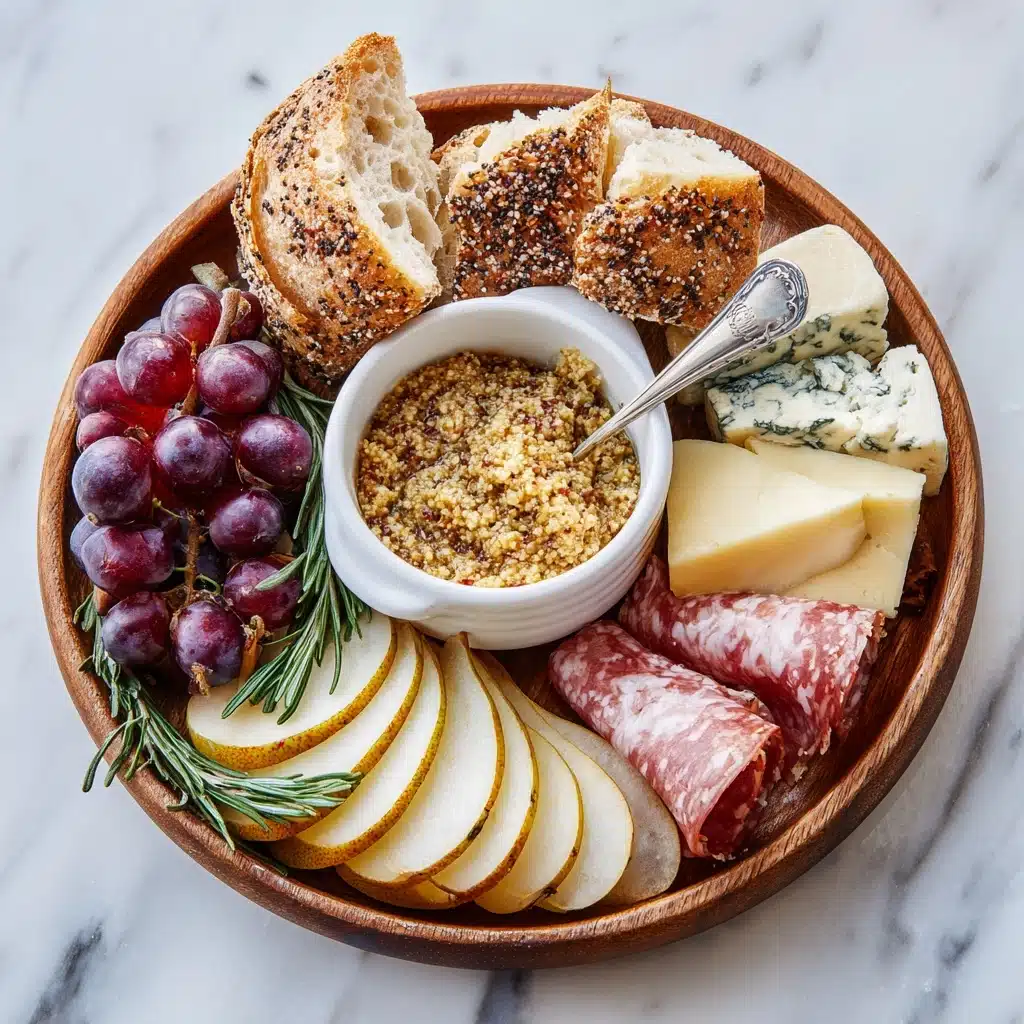
Garnishes
A little sprinkle of chopped fresh herbs like dill or parsley on top of your Fermented Mustard can add a pop of color and freshness. For extra flair, a few curls of lemon zest or whole mustard seeds scattered over the jar before serving always impress.
Side Dishes
Fermented Mustard pairs beautifully with roasted vegetables, slow-cooked meats, or even simple boiled potatoes. It adds a lively contrast to creamy potato salads and can completely transform humble veggie platters when used as a dipping sauce.
Creative Ways to Present
Present your Fermented Mustard in a rustic jar with a spoon tucked alongside a cheese board, or dollop it inside deviled eggs for a surprise twist. Swirl it into homemade vinaigrettes or whisk it into creamy dressings to wow your guests with layers of flavor.
Make Ahead and Storage
Storing Leftovers
Homemade Fermented Mustard keeps like a champ in the refrigerator for up to six months, and some say the flavor only improves week by week. Always use a clean spoon to dip in—this preserves both the zing and the shelf life.
Freezing
While freezing is not usually necessary, you can freeze Fermented Mustard in small airtight containers or an ice cube tray if you’ve made an extra-large batch. Thaw overnight in the fridge when ready to use; just note some texture changes may occur.
Reheating
Fermented Mustard doesn’t need reheating since it’s best served chilled or at room temperature. If you’ve incorporated it into a sauce or cooked dish, gently stir it in at the end of cooking to preserve those bright, tangy notes and probiotics.
FAQs
Is Fermented Mustard really probiotic?
Absolutely! The magic of fermentation encourages beneficial bacteria to thrive, making this mustard a gut-friendly addition to your meals when enjoyed raw and unheated.
Why did my mustard develop a white film on top?
A harmless white film, called kahm yeast, can sometimes appear during fermentation. It’s not dangerous—simply scrape it off. If you see pink, red, or fuzzy growth (mold), discard the batch and start over.
Can I use only yellow or only brown mustard seeds?
You can! Yellow seeds yield a milder, creamier condiment, while all-brown seeds create a noticeably spicier and darker Fermented Mustard. Mixing both offers balance, but experimenting with different ratios is part of the fun.
How do I make my mustard less (or more) spicy?
To dial down the heat, use a higher proportion of yellow mustard seeds; for extra punch, use more brown seeds. Letting the mustard ferment longer also encourages the flavors to mellow out.
Can I add flavors to the mustard?
Definitely! Stir in minced garlic, fresh herbs, honey, or even smoked paprika after the fermentation is complete. This way, you’ll preserve the probiotic benefits and unlock endless variations.
Final Thoughts
Few kitchen projects are as rewarding or as surprisingly easy as making your own Fermented Mustard. With just a tiny bit of prep and a whole lot of flavor payoff, it’s sure to become your secret ingredient for elevating everyday meals. Give it a try and let it wow you—your sandwiches, salads, and taste buds will thank you!
Print
Fermented Mustard Recipe
- Total Time: 10 minutes (plus 5–7 days fermentation)
- Yield: 1 cup 1x
- Diet: Vegan, Gluten-Free, Paleo
Description
Learn how to make your own fermented mustard at home with this easy recipe. Fermenting mustard seeds with salt and water creates a flavorful condiment that can be customized to your taste.
Ingredients
Yellow Mustard:
- ½ cup yellow mustard seeds
Brown Mustard:
- ½ cup brown mustard seeds
Water:
- 1 cup water (filtered or non-chlorinated)
Salt:
- 1 tablespoon kosher salt
Apple Cider Vinegar (optional):
- 2 tablespoons
Instructions
- Combine Seeds and Water: In a clean jar, mix yellow and brown mustard seeds with water and salt.
- Fermentation: Let the mixture sit at room temperature for 5-7 days, stirring daily.
- Blend: After fermentation, blend the mixture until smooth. Add apple cider vinegar if desired.
- Store: Transfer the mustard to a jar and refrigerate. Flavor will develop over time.
Notes
- Fermentation enhances flavor depth.
- Adjust seed ratio for milder or spicier mustard.
- Customize with garlic, herbs, or honey.
- Keeps in the fridge for up to 6 months.
- Prep Time: 10 minutes
- Cook Time: 0 minutes
- Category: Condiment
- Method: Fermenting
- Cuisine: Global
Nutrition
- Serving Size: 1 tablespoon
- Calories: 15
- Sugar: 0g
- Sodium: 190mg
- Fat: 1g
- Saturated Fat: 0g
- Unsaturated Fat: 1g
- Trans Fat: 0g
- Carbohydrates: 1g
- Fiber: 0.5g
- Protein: 1g
- Cholesterol: 0mg
